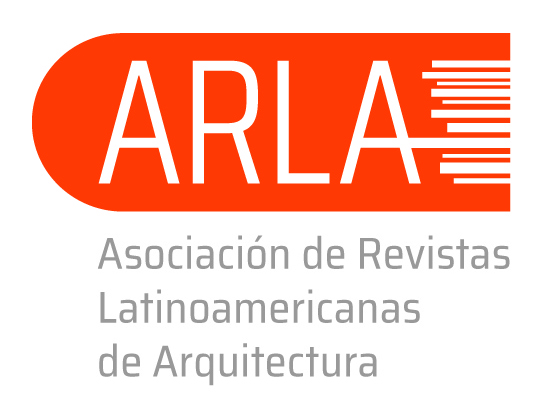Architecture Competition: Argentine Industrial Union Building of the (1968)
Cultural representations, theory production and transformation of space.
DOI:
https://doi.org/10.14409/ar.v11i19.10054Keywords:
architecture, architecture competitions, developmentalism, images, micro–history.Abstract
This article inquires about the five (5) first prizes of the architecture competition for the new building of the Unión Industrial Argentina (UIA), held in Argentina in 1968. Within the framework of the developmetalism ideology, during post- war period, there was an architecture competition boom, primarily promoted by the State, but also by the private area. In this way, we consider the competition practice, and the increase in its use in the 1960s, as a vehicle that indicates and generates innovation, rupture and transformation in the ways of space production, and later, verified the opposition of an old and a new way of making architecture. Through the interpretation and micro analysis of the awarded projects, we address the visual documents as primary sources that, on one side, act as representations of the architecture culture as symbolic and material culture within an specific context, and on the other hand, they enable a multiplicity of readings that allow to verify the displacement in the ways of production of the disciplinary space.
Published
How to Cite
Issue
Section
License
ACCESO ABIERTO
ARQUISUR Revista es una publicación de acceso abierto y sin ánimo de lucro. No se imputan cargos por la recepción, revisión, evaluación, publicación ni acceso a sus contenidos. Se distribuye bajo una Licencia Creative Commons CC Atribución-NoComercial-SinDerivadas 4.0 Internacional (CC BY-NC-ND 4.0): No se permite un uso comercial de la obra original ni la generación de obras derivadas. Esta licencia no es una licencia libre, y es la más cercana al derecho de autor tradicional.
DESCARGO
Los criterios expuestos en los artículos son de exclusiva responsabilidad de sus autores y no reflejan necesariamente la opinión del Comité Editorial ni de la Dirección Editorial Técnica. Los derechos de los artículos publicados pertenecen a sus autores o editoriales. Los autores ceden sus derechos de publicación al Centro de Ediciones de la Universidad Nacional del Litoral de Santa Fe, Argentina.














